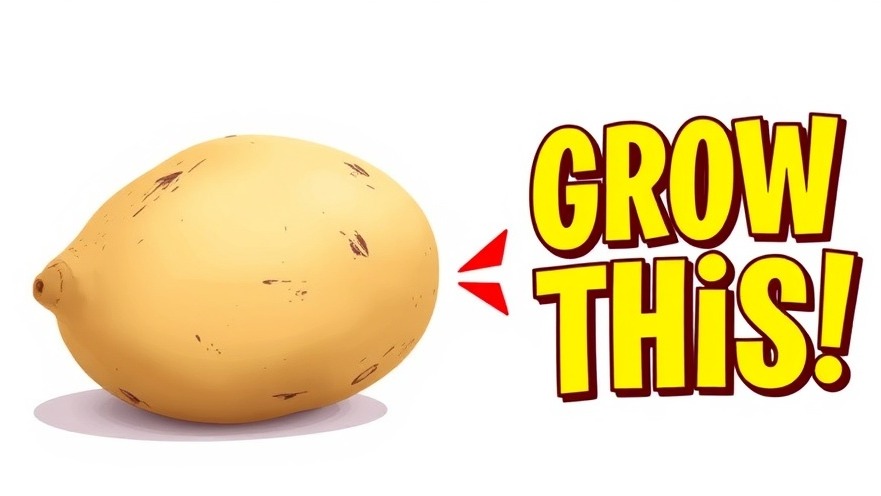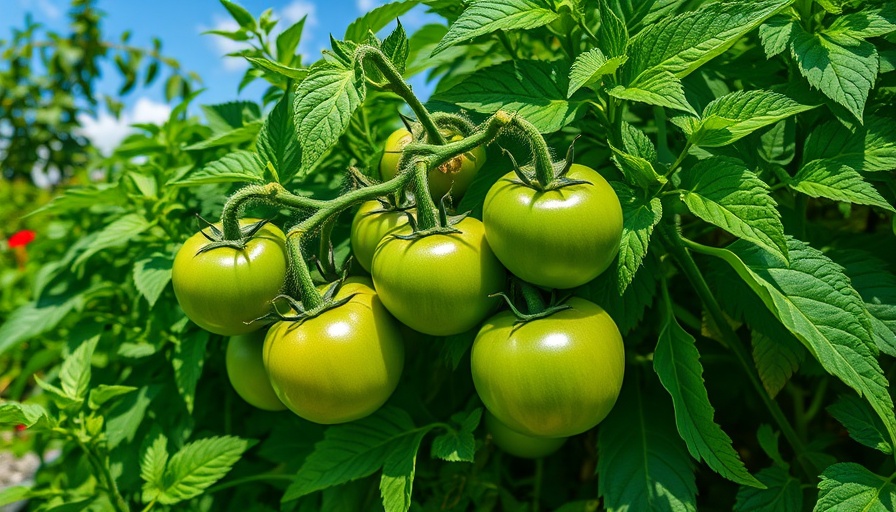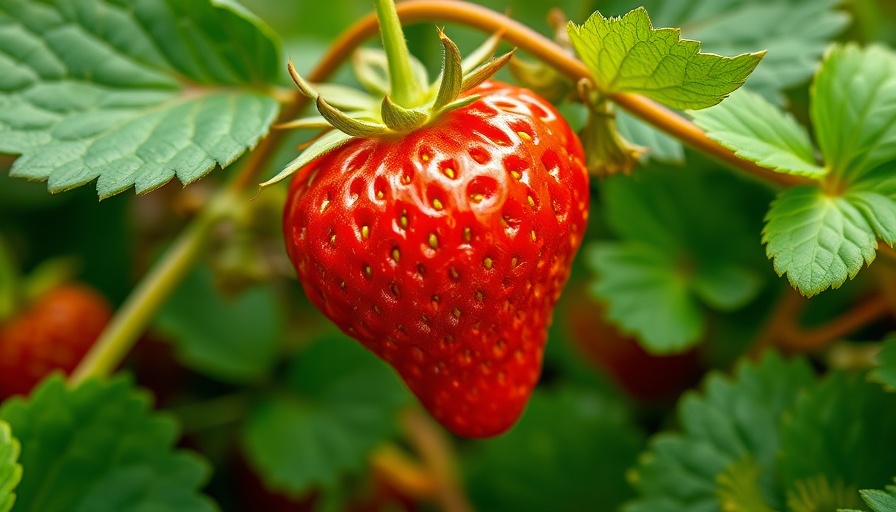
The Secrets to Growing Giant Potatoes
If you're a gardener in the Okanagan, then you understand the importance of knowing how to grow the best produce, especially potatoes. With a wealth of nutrients packed within them, potatoes serve as a nutritional powerhouse in any garden. Investing time and effort into proper potato cultivation will yield not just gratifying results but also a satisfying harvest. Here are essential tips to help you plant your potatoes correctly and ensure a bountiful harvest.
In 'Planting Potatoes? Do THIS First or Regret It Later', the discussion dives into potato planting techniques, exploring key insights that sparked deeper analysis on our end.
Choose the Right Potato Variety
The first step in your potato-growing journey is selecting the right variety. For those in Okanagan, local varieties such as Yukon Gold and Norland Reds are excellent options. They not only thrive in your local climate but are also well adapted to your soil conditions. Local seed potatoes can outperform store-bought ones because they have matured in your environment, making them more resilient against local pests and conditions.
The Importance of Seed Potatoes
While it may be tempting to plant regular grocery store potatoes, it is crucial to opt for certified seed potatoes instead. The primary reason is to avoid blight—a dangerous disease that can devastate entire crops. Unlike regular potatoes, seed potatoes are specifically grown to be disease-free, providing a better chance of a healthy harvest. Remember, any potatoes showing signs of blight should not be added to your garden, they should be disposed of properly.
Preparing Seed Potatoes: Chitting
Chitting your seed potatoes is an important step for ensuring a successful crop. By placing them in a cool, bright space, typically in an egg carton, you encourage the formation of short, strong shoots. Chitting takes about 2 to 3 weeks and enhances disease resistance while promoting earlier sprouting. These small shoots will lead to a stronger plant, guaranteeing a better harvest come fall.
Understanding Soil Conditions
Soil quality is one of the most critical factors for growing potatoes. The ideal soil temperature for planting should range from 5 to 10°C. A thermometer is invaluable for checking the temperature at the depth where you’ll be planting. Additionally, your soil should be light and fluffy, allowing potatoes to grow freely without obstruction. Excessively compacted soil can lead to smaller, poor quality potatoes, so till well and avoid walking on the planting areas.
Effective Planting Techniques
When it comes time to plant, ensure there is adequate spacing between seed potatoes—this prevents overcrowding and competition for nutrients. Plant them at the depth where you feel resistance in the soil, not too deep but enough to encourage healthy growth. Avoid jamming potatoes together; instead, stick to recommended spacing for optimal growth.
Water Wisely to Prevent Rot
Watering during the early stages of growth is also crucial. At this point, the soil should be moist, but you want to avoid oversaturating it, which could lead to rot. Introducing water should only begin after you see the first signs of growth. This controlled watering helps prevent rotted potatoes, which can develop if they are kept too moist in cold soil.
Emphasizing Fluffy Soil Throughout the Season
Monitoring soil conditions does not stop after planting. Over the growing season, you will need to gently fluff the soil—especially after rainfall—to maintain proper drainage and aeration. This light-touch technique ensures that the potatoes have ample room to expand. Using a pitchfork to lift and aerate your soil can significantly contribute to the size and quality of your crop.
Beyond the Potatoes: A Broader Perspective
Understanding and applying these methods not only means better potatoes for your plate but also fosters a more sustainable approach to gardening. Healthy soils yield healthier crops, contributing to a positive impact on your local ecosystem. Potatoes are but one example; adopting proper gardening practices can amplify yields across all varieties you might choose to cultivate.
For anyone interested in expanding their gardening skills, mastering potato cultivation provides an excellent doorstep into the broader world of horticulture. Imagine filling your plate with potatoes you've grown yourself, knowing you've applied best practices and local adaptations to yield the best results.
Your Gardening Journey Awaits
If you’re ready to grow the most ginormous potatoes this planting season, remember to choose the right variety, prepare seed potatoes through chitting, ensure your soil is optimal, and follow careful watering guidelines. Connect with fellow Okanagan gardeners and share your successes and tips, enhancing not only your experience but the community as a whole. In every potato grown, there lies a journey of discovery and growth.
 Add Row
Add Row  Add
Add 




Write A Comment